News
News / 04/17/2020 / 2248
On several occasions, I have pointed out that we know very little about the centuries-old history of winemaking in Serbia although we constantly talk about it and spread a considerable amount of inaccurate information in the form of wine myths which have little foundation in relevant historical sources...
At the same time, important personalities and data related to the history of Serbian winemaking are still waiting to be adequately given credit.
A person who did a lot for Serbian winemaking is Dimitrije Mita Petrović (1848, Pančevo - 1891, Budapest), professor of natural sciences and agriculture at the Serbian Teachers' School in Sombor, member of Matica Srpska and the Serbian Royal Academy. In 1890, he published a series of articles about winemaking in the format of an educational publication.
It is important to say that Dimitrije Mića Petrović was probably the first in Serbia to write instructions for sensory wine tasting in 1889 to be used by both wine producers and consumers. Therefore, our sommeliers and wine experts could consider him a person who established the rules of the trade for the first time on the territory of Serbia.
In order to appreciate and raise awareness of his importance, here you can read the integral text of his instructions for wine evaluation (1889).
HOW DO WE EVALUATE WINE?
It is very important that producers know which wine is good and in good condition. But few of them know and want to know it, because the widespread bad practice in our country of drinking young and underdeveloped wine has killed all sense of international taste, which is particularly relevant in global wine trade. Many elements of wine that must be considered as flaws from the international point of view are overlooked from the perspective of spoilt predominant taste. Cloudy, sour, sweet wines are a commonplace in our country, not to mention unpleasant aromas resulting from bad winemaking procedure. All this is considered "to be natural", all such wines are consumed and crowd like them. There are also few producers who know virtues of their wine, if any. Hence, in our country, wine is sold mostly like a pig in a poke, and this applies both for sellers and so often for buyers. And to tell the truth, it's spitting in the wind.
Only a fair evaluation of wine can eliminate these flaws, and therefore it is vital that both producers and buyers know how to evaluate wine. When it comes to evaluation of wine, then one immediately thinks about the chemical analysis of wine. This is undoubtedly very important for the business and it's essential in any contemporary wine cellar because it provides numerous data which form the wine's foundation. But the price of wine is determined only to some extent by these main ingredients. As far as better, finer wines are concerned, then chemical analysis can no longer indicate their value because those ingredients that add to wine's greater value are contained in such small quantities which cannot be measured, so the chemist cannot even determine their presence. The presence and quantity of these precious ingredients in the wine can only be detected by the nose or tasted in the mouth. Therefore, a sensible wine tasting is much more worthwhile for commercial appraisal than chemical analysis (which is also lengthier to perform).
During a tasting, the wine is examined with eyes, nose and mouth. Therefore, those who have dull senses are not fit to taste. The sharper the senses, the more accurate the assessment will be.
First, let your eyes judge. If we tasted the wine blindfolded, we could hardly tell if the wine was red or white. The wine bottle should not be held high, but it should lean against the glass rim to pour wine slowly, so that the wine does not foam and does not mix with the air. The glass should be light, made of thin glass and completely transparent. Sanded, patterned glasses are not convenient for tasting. Cylindrically shaped glasses are the best to have. The wine is poured only up to a third of a glass.
Then the glass is raised high towards the light to check if the wine is clear. The empty part of the glass should be covered with fingers, so that the light passes only through the lower part of the glass where the wine is. This way, even the tiniest specks can be noticed in the wine, especially when the glass is moved up and down a bit.
Wine producers should never present their wine differently to the buyer than when it is perfectly clear. The buyer can also buy cloudy wine, but he will not pay as much for it as he would for clear wine.
Wine can become cloudy for a variety of reasons. It may be because lees or clarification substances haven't yet settled; or it may come from the fact that the wine has just been racked or pressed. Also, quiet fermentation as well as sudden heat changes disturb wine in the barrel and raise sediments. in addition, when it is very cold, wine may become cloudy because tartrate crystals accumulate. Wine can be cloudy when it's not in good condition, flawed or already decomposing, etc.
After we make sure that the wine is clear, the glass is tilted several times in all directions, so that the wine washes on its sides, and we observe ripple formation and how fast it flows down the sides. If the ripples are light and weak and wine flows slowly from the sides, then it is a sign that there is a lot of extract in the wine; fast and strong ripples and fast flow down the side indicate that the wine is poor in extract. If the wine looks thick when poured like olive oil, then it is not in good condition. This is even better perceived if the glass is tilted to the side, so that wine starts dripping. When the wine is in good condition, drops fall off quickly. If the wine is flawed, they become more or less as heavy as oil or drip like a thread from a glass in case of acute flaws.
Then, one should observe what the wine looks like. Red wine's color is not always the same. If the wine is bright ruby-red, then there is more acidity in it. If there is less acidity, then the wine looks more or less purple. Bordeaux, Portugal, even numerous Italian wines have such a purple color. The color of red wine is susceptible to changes. Wine made from rotten grapes looks yellowish-red. Wine made from overripe or dried grapes looks yellowish-grey, like Malaga or some schillers from Srem. In general, the color of red wine does not last long, and therefore red wines cannot be kept for long. The colour shall spoil even faster if wine gets any fault.
The color intensity of red wine depends on climate, soil, variety and degree of ripeness, fermentation and blend composition, and ultimately how the vineyard was managed.
On the other hand, the color of white wines does not depend on grape variety but on the production method. The color of white wine shows generally many shades of yellow. If white wine is not pure yellow, but shows more or less blushing hues, then it is considered a flaw. If the must is properly drained prior to fermentation, then the resulting wine looks bleak greenish or you can hardly notice any color. In general, new wines have a lighter and weaker color than old wines. But if the new wine is racked properly and regularly, then its color gradually clarifies and changes until the wine finally becomes golden yellow. Such a color is ideal for one year old white wine.
Some white wines look more dark yellow. It's always a sure sign that the must of such a wine has spent longer period of time on the skins or maybe it has already started to ferment on the skins. Finally, some wine faults can cause white wine to darken.
After visual inspection, the nose takes its turn to assess wine. Before the glass is brought closer to the nose, it should be shaken a little so the wine covers sides of the glass. This is done in order to intensify evaporation of fragrant ethers, and to make the smell stronger and more intense. Every healthy wine must have a specific wine aroma. If the aroma is strong, then it gives off a better wine in general, and weak wine aroma means lighter wines. The aromas depend on wine's age, they differ in the new and aged wines. It happens that a wine smells exactly like alcohol, which will happen when the wine has finished fermentation but hasn't been racked. For that reason, it retains the character of a new wine.
Faulty wines are particularly easy to recognize by their aroma. The smell immediately reveals vinegar taint, sulfur dioxide, barrels, mold, earth, cabbage, etc.
What we learned with our eyes and nose, should finally be supplemented and confirmed by mouth. Take a sip of wine in your mouth for a short time. You should pay full attention to what remains in them, to all those features that affect the flavor of wine.
First of all, you need to make sure that the wine is harmonious, i.e. various ingredients in it are represented in such a manner that none of them shall prevail. Neither acidity nor sweetness nor bitterness should prevail in good wine. If the wine is not harmonious, then we will look for the ingredient that stands out. Unfortunately, acidity will quite often stand out. In that case, it can be either mild or harsh. Harsh acidity comes from a lot of tartaric acid in the wine, which is usually perceived by the feeling of numb teeth.
A wine that has high alcohol level is called strong wine. Wines with little alcohol are said to be light, weak. Tart taste of wine means there is a lot of tannin in them.
Some wines can be tasted in the mouth even after they are swallowed. Such wines are rich in extract. On the contrary, wine whose flavor disappears as soon as it is swallowed or otherwise removed from the mouth, has little extract in it. Such wine is said to be empty. Wines with a lot of extracts are always appreciated more.
New wine is revealed immediately by its undeveloped taste, and if the wine has not been racked, it can keep that immature character for years.
As by the smell, you can also know the age of wine by the taste, as well as the grape variety from which it was made. But, to discern the most delicate, fragrant ingredients, you always need a lot of experience, almost exclusively the nobility of wine depends on them, and only because of them, the most famous wines such as Riesling, Chateau Margot, Lafitte, etc. are highly valued.
It is much easier to identify strange flavors in wine that originate from faults or other defects.
Some people have a habit of gurgling wine in their mouth when tasting, but that is not necessary and doesn't help anything.
According to these simple signs that we have listed, every producer will be able to evaluate his wines with a little care and patience, find out wine's virtues and discover wine flaws. On the other hand, it is much harder to taste several different wines at the same time, as merchants often have to do and as is the case at wine exhibitions. This requires a great deal of experience which is gained only by long practice.
But wine tasting can also be made easier if you follow a certain order. The wines should be arranged for tasting in such a way that first white wines come, then red wines, first lighter ones, then stronger (ordinary wines precede sweet wines, old wines precede new wines). When this order is not followed, one can easily make a mistake, e.g. if ordinary wine is tasted after some sweet wine, then it will seem to us much more acidic than it really is. The order of tasting is usually determined at exhibitions on the basis of a quick chemical analysis or the result of a previous tasting. All wines that are very cloudy, faulty or flawed are excluded from regular tasting.
The tasting result is greatly affected by temperature. When tasting wine, it must not be too cold or too warm. Lower quality wines, both white and red, are tasted at a lower temperature, probably at 10˚Celsius, better quality white wines are tasted at a temperature of 12-15˚ C, red at 15-18˚ C, and astringent red wines should be even warmer. Such heavy and tart red wines can hardly be consumed in a cold wine cellar, but they often turn very pleasant when warmed up a bit. Fine wines are always tasted at a higher temperature because then fragrant ethers evaporate more and can be better appreciated.
Whenever we taste more wines in a line-up, then we must not have the flavors of the previous wine in the mouth. Some achieve this by inhaling a few puffs of cigarette smoke, but it is better to chew a piece of bun.
When wine has to be tasted not only in great numbers but also by many different people, for example at exhibitions, then it cannot be expected that everyone's grades will agree on all points because the senses are not equally developed in all people. That is why each person expresses his assessment for each wine separately and marks it with one number to reflect the total value of the wine or each of its important properties. The final grade is then calculated by taking either the mean of all the numbers awarded or the predominant number. Numbers 1 to 5 or 1 to 10 are usually used for this.
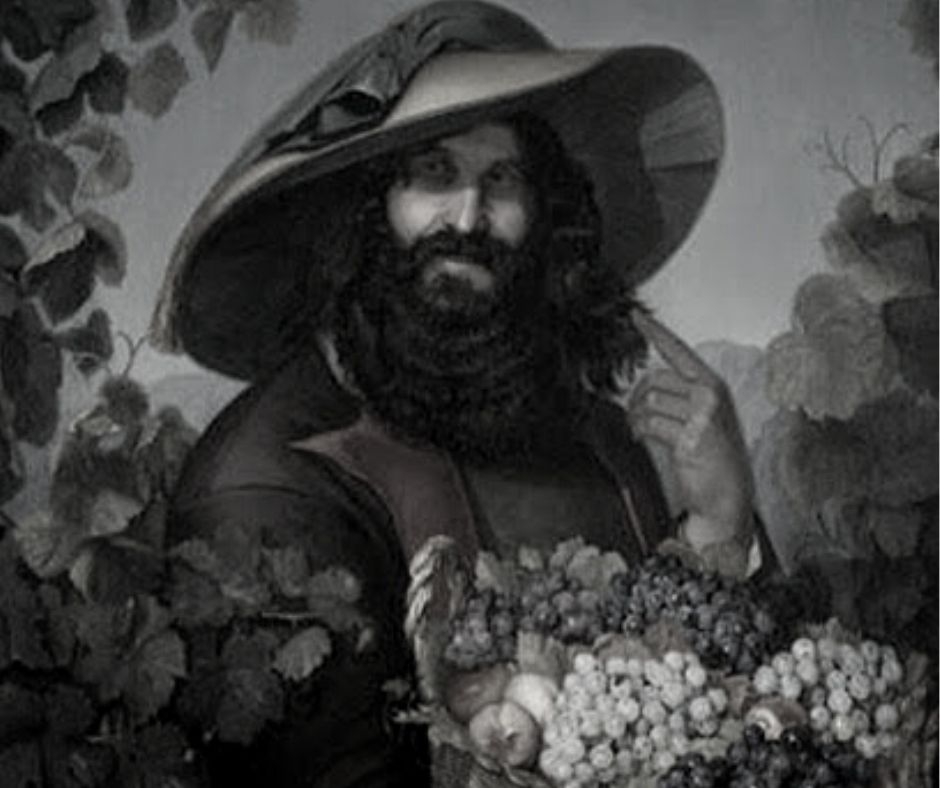

Tomislav Ivanović
Awarded wine writer, wine critic and contributor to selected wine magazines. WSET3-certified author and editor-in-chief of www.vinopedia.rs. Member of Vojvodina Sommelier Association. Juror in national and international wine competitions. Lecturing about wines of Serbia and the Balkans. Local partner of Wine Mosaic organization. Co-founder of International Prokupac Day.

Pročitajte i druge članke iz ove rubrike:
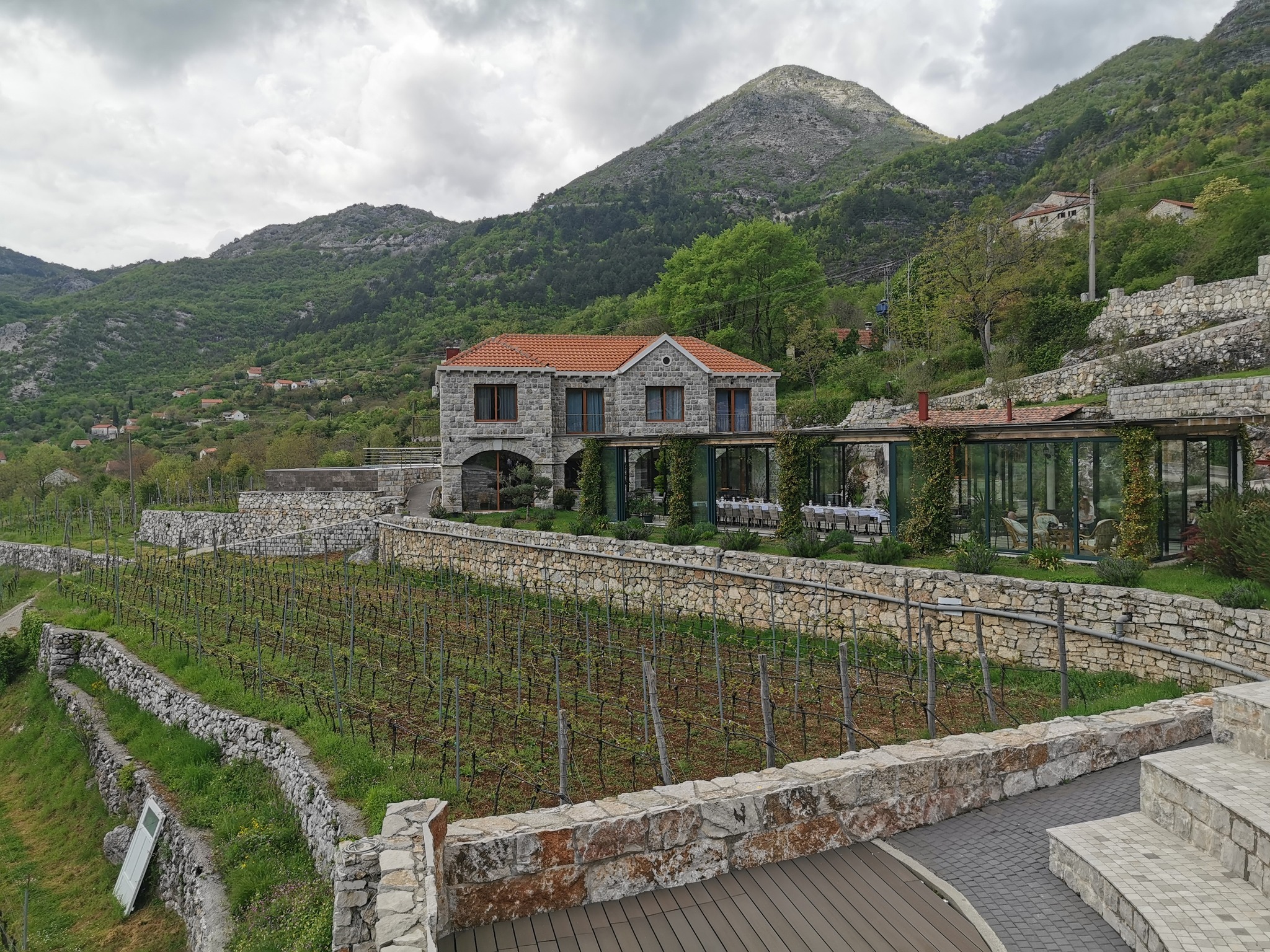

KRATOŠIJA PROBUDILA CRNOGORSKE VINARE
PROČITAJ VIŠE
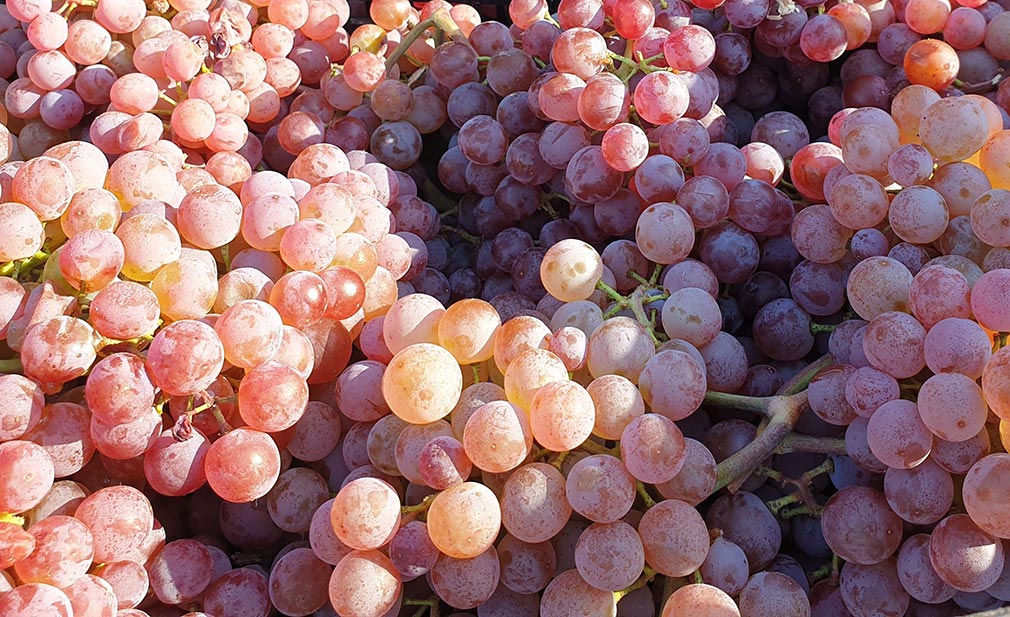

VINOPEDIA TOP 10 2024
PROČITAJ VIŠE
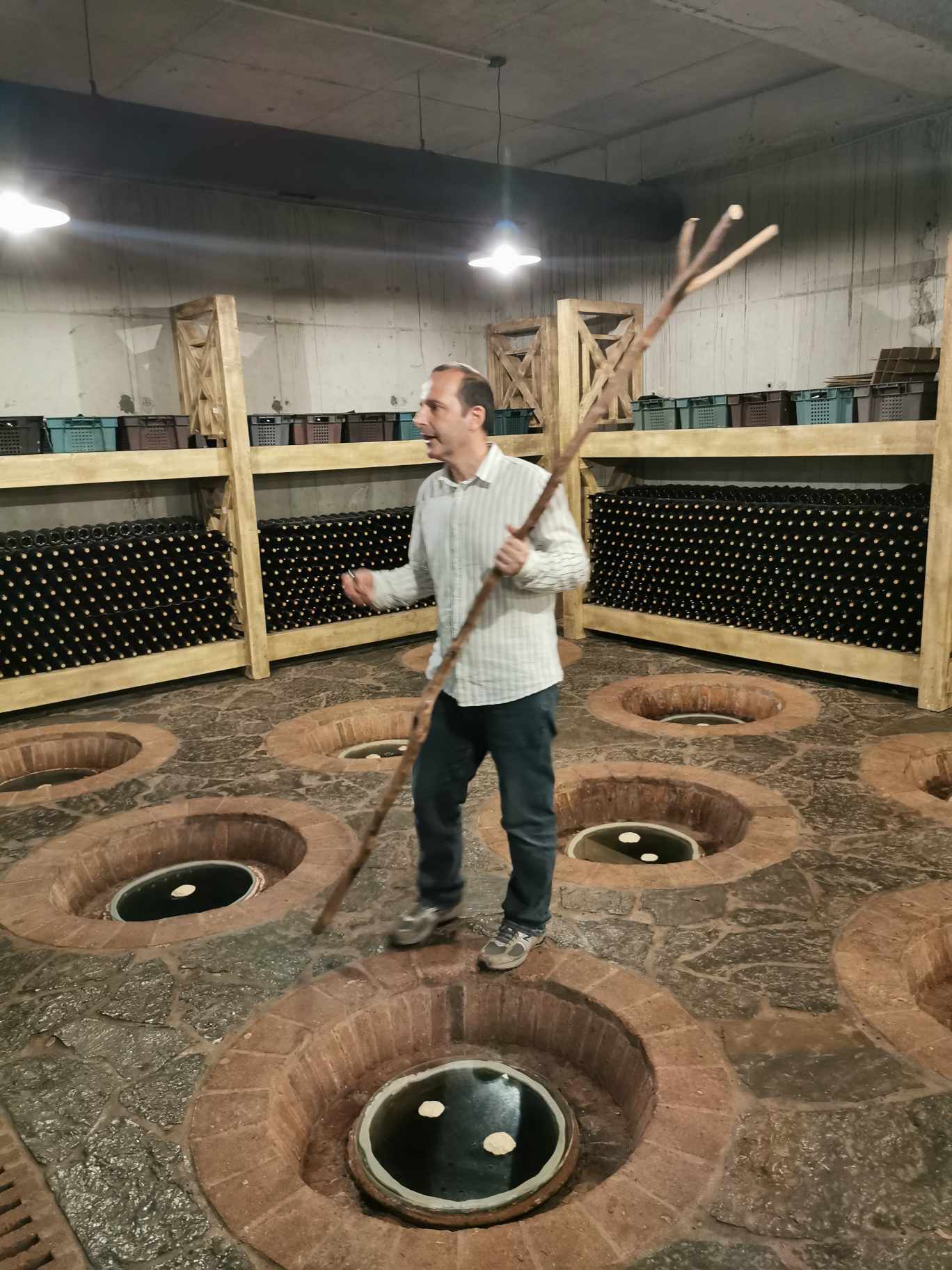

GIUAANI - VINSKI TURIZAM NA GRUZIJSKI NAČIN
PROČITAJ VIŠE


SPASIMO STARE VINOGRADE SRBIJE
PROČITAJ VIŠE
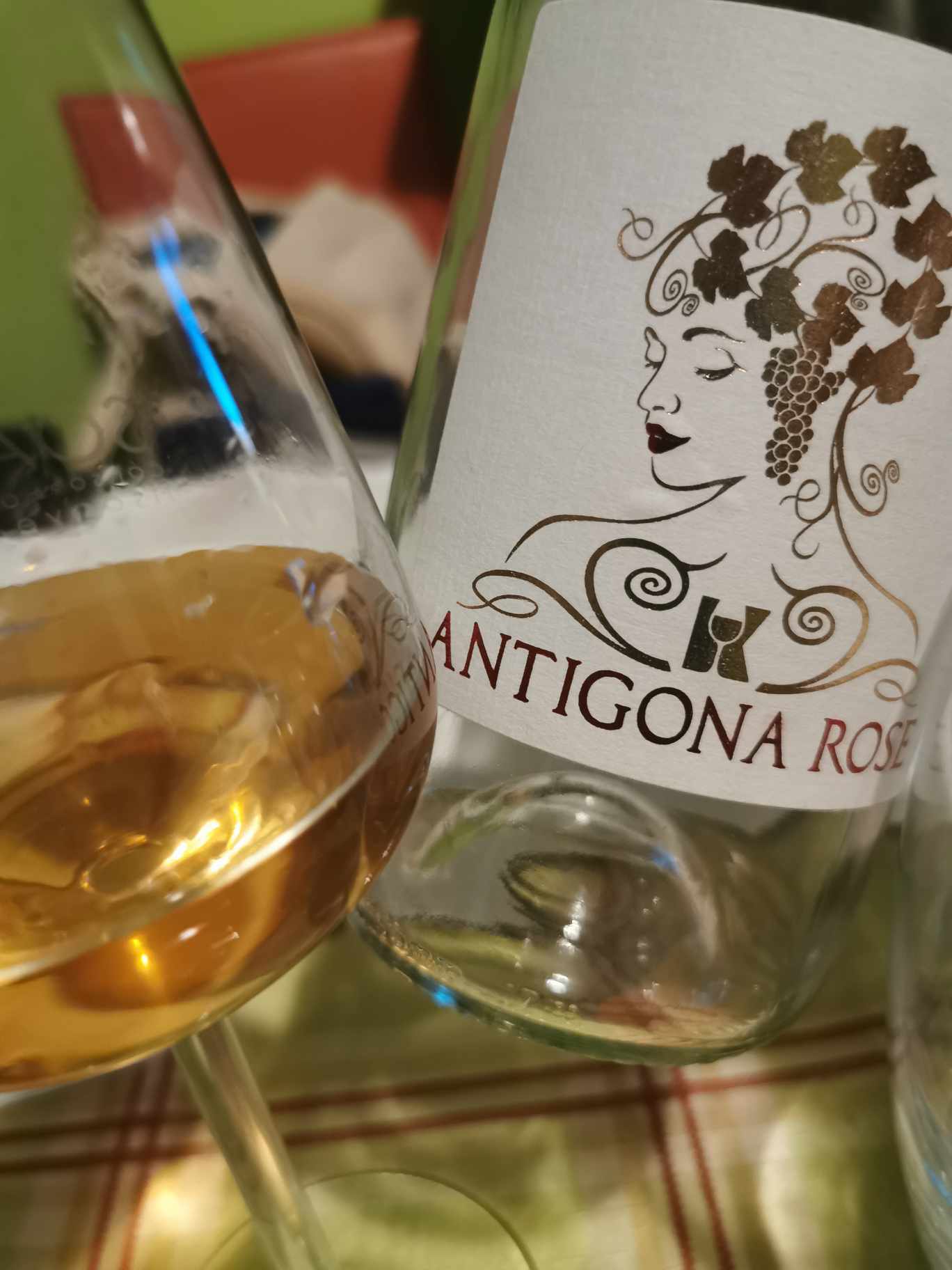

NAŠLI SMO ANTIGONU IZ ORAHOVCA
PROČITAJ VIŠE
Winner MILLESIMA BLOG AWARD 2016

Pobednik MILLESIMA BLOG AWARD 2016
VINO & FINO wine personality of the year 2016

VINO & FINO vinska ličnost godine 2016